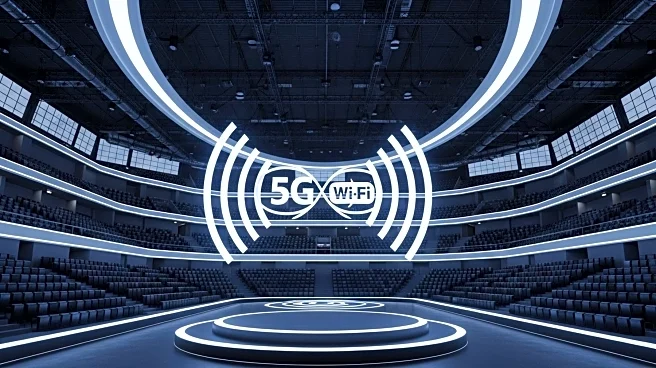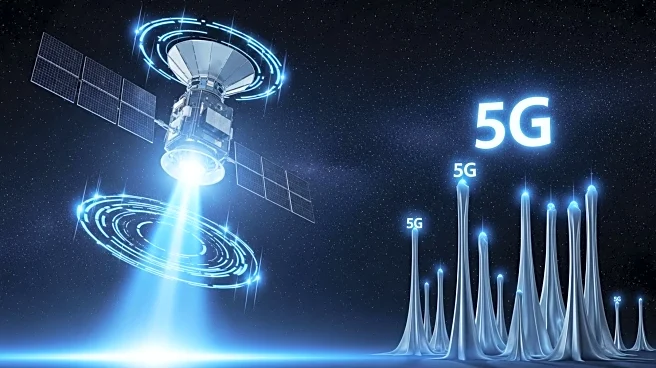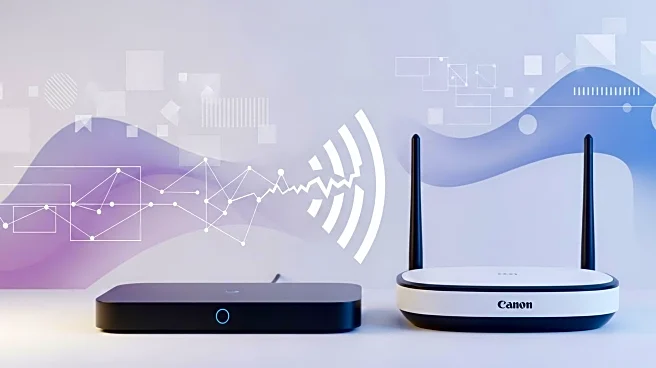What's Happening?
Comcast has unveiled the Xfinity Mobile Arena in Philadelphia, marking a significant step in the convergence of 5G and Wi-Fi technologies. This new venue is equipped with a high-power Wi-Fi network that offers speeds ten times faster than previous systems, supporting thousands of simultaneous devices with enhanced reliability and security. The arena also provides robust 5G service, ensuring seamless connectivity for all attendees. This initiative is part of Comcast's strategy to optimize costs and performance by leveraging its existing broadband infrastructure, thereby reducing reliance on costly MVNO agreements with Verizon. The Xfinity Mobile Arena serves as a technological showcase and a strategic catalyst for Comcast's broader network convergence strategy, integrating private 5G networks to enable real-time applications and high-quality video streaming.
Why It's Important?
The launch of the Xfinity Mobile Arena is crucial for Comcast as it seeks to redefine the competitive landscape in the media-telecom sector. By integrating 5G and Wi-Fi technologies, Comcast aims to enhance customer experience and financial resilience. This move is particularly significant as fixed wireless access providers like T-Mobile and Verizon continue to erode traditional broadband market share. Comcast's strategy includes simplified pricing, bundled services, and aggressive infrastructure upgrades, which are expected to improve customer satisfaction and reduce churn. The initiative also highlights Comcast's ability to create a competitive moat by bundling wireless and broadband services, thereby improving customer lifetime value and differentiating itself from rivals.
What's Next?
Comcast's focus on 5G/Wi-Fi convergence is expected to drive customer loyalty, operational efficiency, and shareholder returns. The company plans to scale similar solutions in residential and business markets, leveraging its AI-powered Smart Network Platform to optimize in-home Wi-Fi performance. As the media-telecom sector grapples with the rise of 5G and the commoditization of broadband, Comcast's ability to integrate Wi-Fi and 5G positions it as a defensive growth play. The company aims to dominate a market where fixed wireless access is increasingly displacing traditional broadband, offering gig Internet and wireless to 64 million homes.
Beyond the Headlines
Comcast's infrastructure-driven strategy is not just about retaining customers; it is about creating a strategic asset that directly translates into long-term value creation. By avoiding a price war despite intense competition, Comcast demonstrates pricing discipline and network efficiency. The company's converged footprint positions it to leverage infrastructure innovation to drive customer loyalty and shareholder returns, highlighting the importance of infrastructure as a strategic asset in the media-telecom sector.













